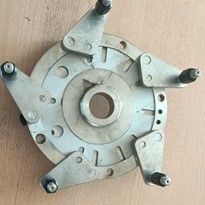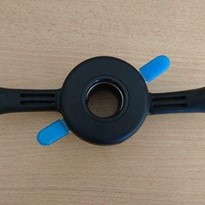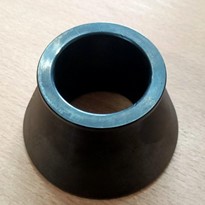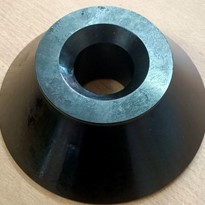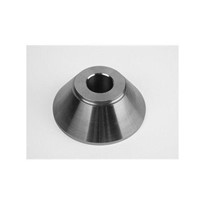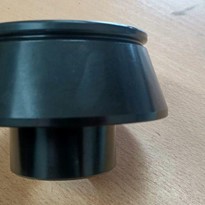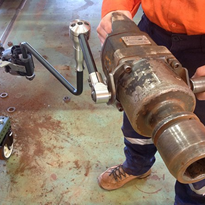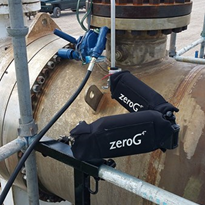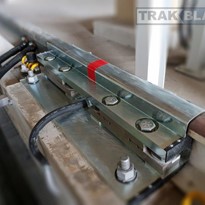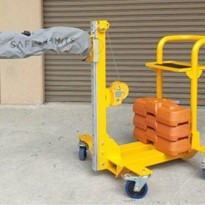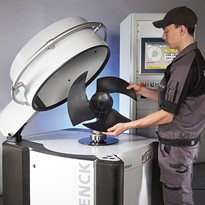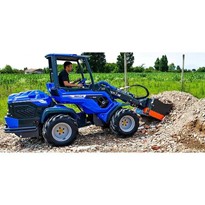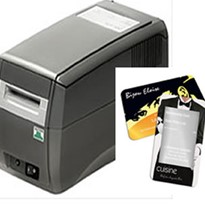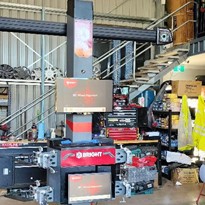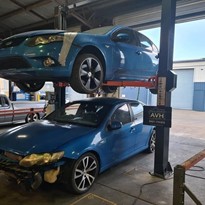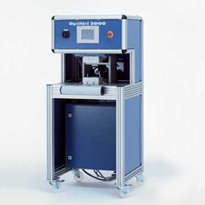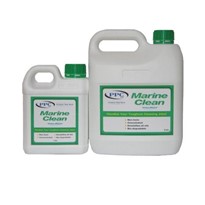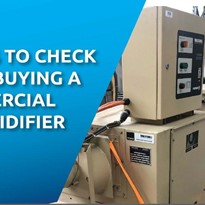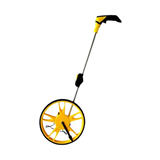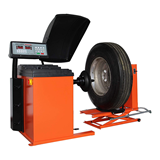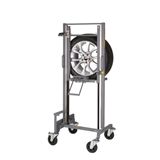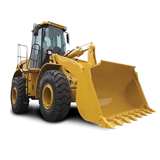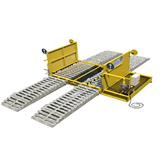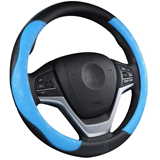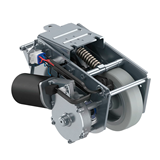What is the weight capacity of a wheel balancing machine?
The weight capacity of a wheel balancing machine can vary depending on the specific model and manufacturer. It typically ranges from around 40kg for a compact hand spin machine to 120kg for a heavy duty truck balancer. It is important to check the weight capacity of the machine before purchasing to ensure it can accommodate the wheels you will be working on.
How much space do I need for a wheel balancing machine?
The space required for a wheel balancing machine can vary depending on the specific model and manufacturer. Generally, you will need a clear space of around 2-3 square meters for the machine, with additional space for storage of wheels and tools. It’s important to check the dimensions and the required space before purchasing.
What is the difference between a static and dynamic wheel balancing machine?
Static wheel balancing machines balance on a single plain, the middle of the wheel to balance the wheel, while dynamic wheel balancing machines use two plains, i.e. both sides of the wheel to balance the wheel. Dynamic machines are more accurate and efficient, most modern machines can perform both types of balancing.
How do I properly maintain and service a wheel balancing machine?
Proper maintenance and service are important for ensuring the longevity and accuracy of a wheel balancing machine. This can include tasks such as cleaning, lubricating, and tightening belts, and checking the electronic systems for issues. Always refer to the manufacturer’s instructions for specific maintenance and service recommendations for your machine.
What kind of warranty comes with a wheel balancing machine?
Warranty can vary depending on the specific model and manufacturer of the wheel balancing machine. Typically, manufacturers will offer a warranty on the machine’s structural components and the electronic systems. It can range from 1 year to 2 years.
Can I use a wheel balancing machine for low profile and run-flat tires?
Modern wheel balancing machines are designed to accommodate low profile and run-flat tires, but it can vary depending on the specific model and manufacturer. Most machines have several dynamic balancing modes allowing the positioning of stick on and knock on weights as well as hidden spoke modes. It’s important to check the machine’s specifications and capabilities before purchasing to ensure it can handle these types of tires. Some machines have different adaptors that can be changed to work with different wheel and tyre types.
How much does a wheel balancing machine typically cost?
The cost of a wheel balancing machine can vary widely depending on the specific model and manufacturer. Prices can range from a few hundred dollars to tens of thousands of dollars. The cost depends on the features, speed, usability and quality of the machine. It’s important to determine your budget and the specific needs of your workshop before making a purchase.
Can I use a wheel balancing machine for heavy vehicles?
Many wheel balancing machines are designed to accommodate heavy-duty vehicles, but it can vary depending on the specific model and manufacturer. It’s important to check the machine’s weight capacity and the size of the wheels it can accommodate before making a purchase. Our Bright CB46 is designed for heavy vehicles.
What are the safety precautions when using a wheel balancing machine?
When using a wheel balancing machine, it’s important to follow all safety precautions and guidelines. This includes properly securing the wheel, wearing safety gear, and following proper lockout/tagout procedures when performing maintenance or repairs. Always refer to the manufacturer’s instructions for specific safety precautions for your machine. Don’t put your fingers in moving parts.
Are there any certifications required to operate a wheel balancing machine?
Certification requirements may vary by country and region. Some countries may require specific certifications, training or licenses to operate a wheel balancing machine, specially if it’s used in commercial or industrial environments. It’s important to check the regulations in your area to ensure compliance before operating the machine.


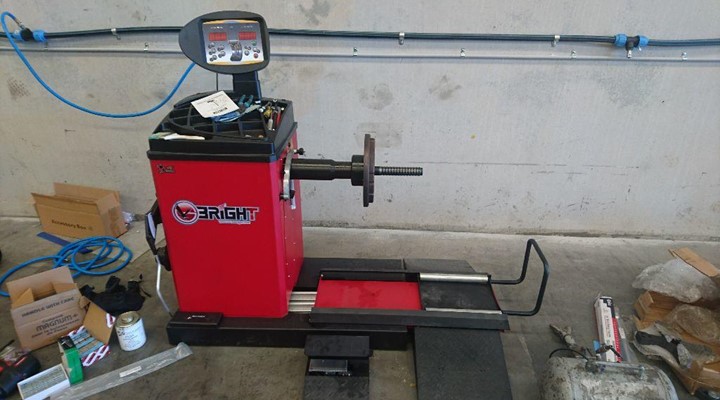
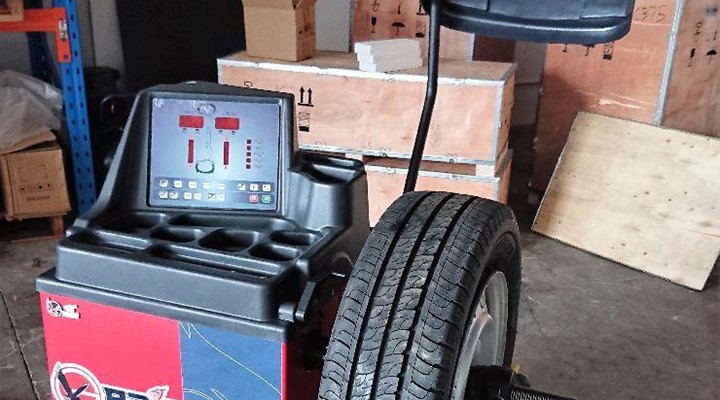

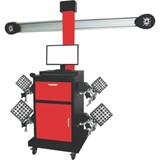
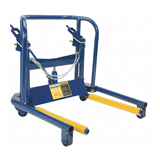
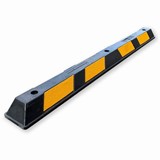
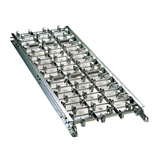

-205x205.jpg)
